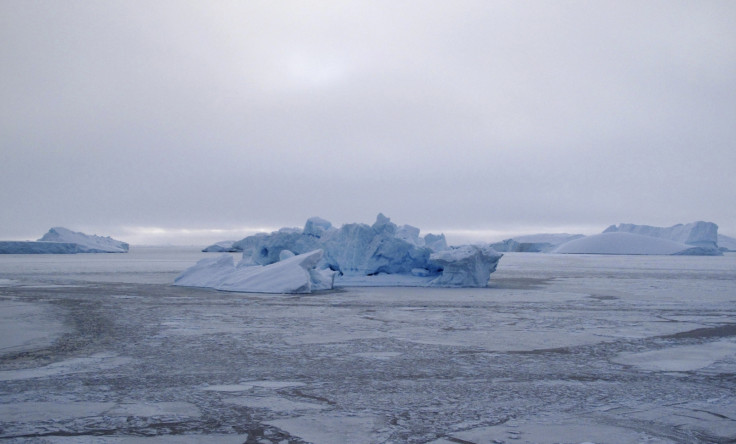Geoengineering: Artificially whitening Arctic cannot restore climate
Plan to limit global warming would not reduce temperatures enough, study finds.

The proposal to artificially whiten the surface of the Arctic Ocean and offset climate change will not be able to reduce global temperatures substantially. It could in principle help restore some amount of sea ice, says a research based on model configurations.
Carnegie's Ivana Cvijanovic (now at Lawrence Livermore National Laboratory) and Ken Caldeira, as well as Douglas MacMartin of Caltech, show that the geoengineering method would not be effective in keeping the ground frozen in the Arctic.
Their findings are published by Environmental Research Letters.
"By the middle of the century, the Arctic Ocean is predicted to be ice-free during part of the year," lead author Cvijanovic explained. "This could create substantial ecological problems in the Arctic, including habitat range changes and loss of biodiversity."
Arctic sea ice loss can affect weather patterns across the northern mid-latitudes, including Europe, most of North America, and much of Asia, he added.
The proposal was suggested to offset global warming that would melt the frozen ground in the Arctic, releasing huge amounts of methane, which has four to five times the warming effect as compared to carbon dioxide.
By whitening the surface of the Arctic Ocean, more of the sunlight will be reflected into space instead of being absorbed by the water.
Proposals include floating grains or microbubbles in the ocean.
The team looked at the effect of the Arctic whitening in a world with four times the pre-industrial amount of atmospheric carbon dioxide and an Arctic that is about 10C hotter.
They found that about three-quarters of a square kilometer of ice could be restored for every whitened square kilometer. However, the cooling will be modest and unable to keep the permafrost underground.
The artificial process could on the other hand cause damage to the ecosystem, like cutting off sunlight to marine life and affect the climate far outside the Arctic region.
"Furthermore, it is not clear to me that there is a technologically feasible way of actually doing this," says Caldiera.
However, this sort of whitening approach could be effective on a smaller scale, when used in an individual bay or estuary.
Cloud brightening using salt for similar reflection of sunlight has been suggested to offset global warming. But later simulations by other teams showed that not all clouds behaved in the same way and often the particles tended to coagulate and fall out before reaching the cloud base.
Criticism
Three independent UK studies had concluded last year that geoengineering may prove to be a costly proposition with limited benefits.
Proponents of geoengineering have been seeking more tests to understand the dynamics of the system. Opponents claim that such experiments would have to be conducted on a large scale, causing unintended and unknown consequences.
Geo-engineering techniques might become necessary to avoid dangerous rises in global temperatures. The current atmospheric models predict a 3C to 4C rise in temperature by the end of the century, while climate imperatives demand a 2C limit.
Geoengineering could encourage nations not to adopt climate change mitigation measures, but continue to mess the atmosphere and then clean it up.
© Copyright IBTimes 2025. All rights reserved.





















